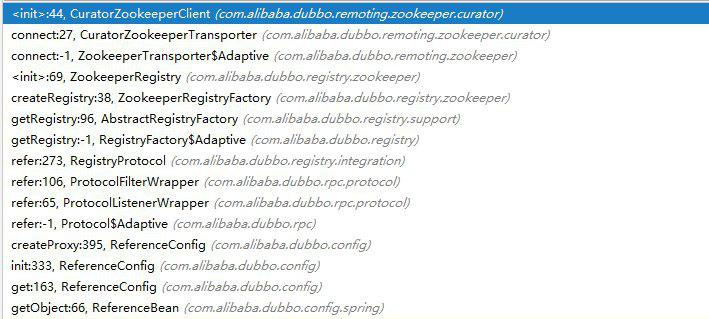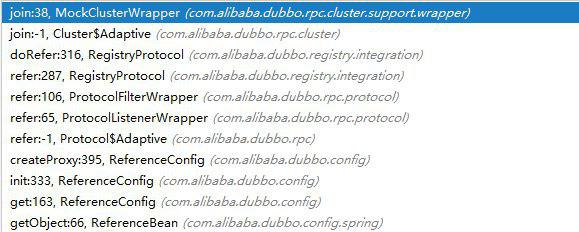计划阅读调试下Dubbo的源码,结合官方源码分析Dubbo,自身再分析总结
本文对应的Dubbo 服务引入
源码分析
invoker
接着上一篇,进入refreshInvokers
1 | public class RegistryDirectory<T> extends AbstractDirectory<T> implements NotifyListener { |
refreshInvoke方法的功能对当前的invoker更新,新建新的provider对应的invoker,并移除不可用的invoker
在toInvokers方法中,protocol#ref 方法中调用了各自protocol方法的逻辑。现在进入到默认的协议,DubboProtocol中
1 | public class DubboProtocol extends AbstractProtocol { |
后续将继续RegistryDirectory余下代码



